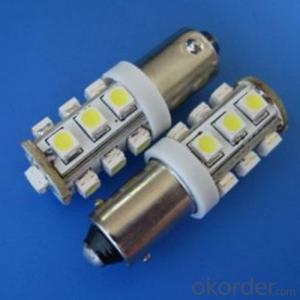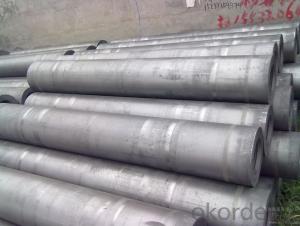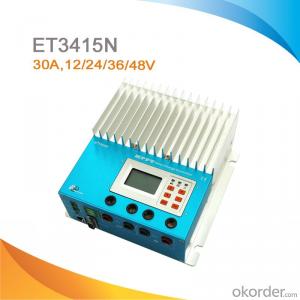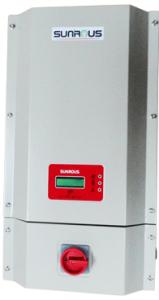24 Volt Mppt Solar Inverter
24 Volt Mppt Solar Inverter Related Searches
Home Power Inverter For Solar Best Inverter For Solar Mppt Inverter For Solar System Inverter For Home Solar Solar Power Inverter For Rv Shade For Solar Inverter App For Solar Inverter Capacitor For Solar Inverter Ct For Solar Inverter Inverter For Rv SolarHot Searches
Type Of Inverter For Solar Types Of Inverter For Solar Used Solar Inverter For Sale Inverter Size For Solar System Solar Edge Inverter For Sale 5kw Solar Inverter For Sale Solar Inverter For Sale Solar Inverter For Battery Solar Inverter For Split Ac Solar Inverter For Laptop Solar Inverter For Fridge Solar With Inverter Price Solar Inverter With 2 Battery Solar Inverter With Ac Outlet Solar Inverter Price In China Best Solar Inverter In China Solar Inverter Price In Dubai Solar Inverter Price In Uae Solar Inverter Price In Kenya Type Of Inverter For Solar24 Volt Mppt Solar Inverter Supplier & Manufacturer from China
Okorder.com is a professional 24 Volt Mppt Solar Inverter supplier & manufacturer, offers integrated one-stop services including real-time quoting and online cargo tracking. We are funded by CNBM Group, a Fortune 500 enterprise and the largest 24 Volt Mppt Solar Inverter firm in China.Hot Products
FAQ
- Yes, a solar inverter can be used in areas with unstable power grids. Solar inverters are designed to convert the direct current (DC) produced by solar panels into alternating current (AC) that can be used to power homes or businesses. In areas with unstable power grids, the solar inverter can help stabilize the electricity supply by converting the solar energy into usable AC power, independent of the grid's stability. Additionally, some advanced solar inverters come with features like grid-tie functionality, battery storage, or grid support functions that further enhance their ability to adapt to unstable power grids.
- A solar inverter handles voltage fluctuations from the grid by constantly monitoring the voltage and adjusting its output accordingly. When the grid voltage increases or decreases, the inverter's control system regulates its own output voltage to match the changes, ensuring a stable and consistent supply of electricity is fed into the grid. This helps to maintain grid stability and protect the connected devices from potential damage caused by voltage fluctuations.
- A solar inverter handles frequency fluctuations in the grid by continuously monitoring the frequency of the grid. If the frequency deviates from the standard value, the inverter adjusts its output frequency accordingly to match the grid frequency. This helps maintain stability in the grid and ensures efficient power generation and distribution.
- The role of a cooling system in a solar inverter is to regulate and dissipate heat generated during the conversion of DC power from solar panels to AC power for use in homes or businesses. By maintaining optimal operating temperatures, the cooling system ensures the inverter's components do not overheat, which could lead to reduced efficiency, performance degradation, or even system failure.
- Yes, a solar inverter can be used with a solar-powered swimming pool heater. The solar inverter is responsible for converting the DC (direct current) electricity produced by the solar panels into AC (alternating current) electricity that can be used to power the swimming pool heater.
- Yes, a solar inverter can be used with a solar-powered agriculture system. A solar inverter is essential for converting the direct current (DC) electricity produced by solar panels into alternating current (AC) electricity required to power electrical devices and equipment used in the agriculture system. This allows for the efficient utilization of solar energy for various agricultural applications such as irrigation systems, pumps, lighting, and other electrical equipment.
- A solar inverter handles harmonics in the grid by incorporating filters and control algorithms that mitigate the impact of harmonics. These filters help in reducing the distortion caused by harmonics, ensuring that the solar inverter operates efficiently and does not introduce additional harmonics into the grid. The control algorithms continuously monitor the grid's harmonics and adjust the inverter's output accordingly to maintain compliance with the grid's harmonic standards.
- The efficiency of a solar inverter refers to the percentage of solar energy that is converted into usable electricity. It is an important factor as higher efficiency means more energy is produced, reducing the overall energy loss. The efficiency of a typical solar inverter ranges from 95% to 98%, with some advanced models even surpassing 99%.







































